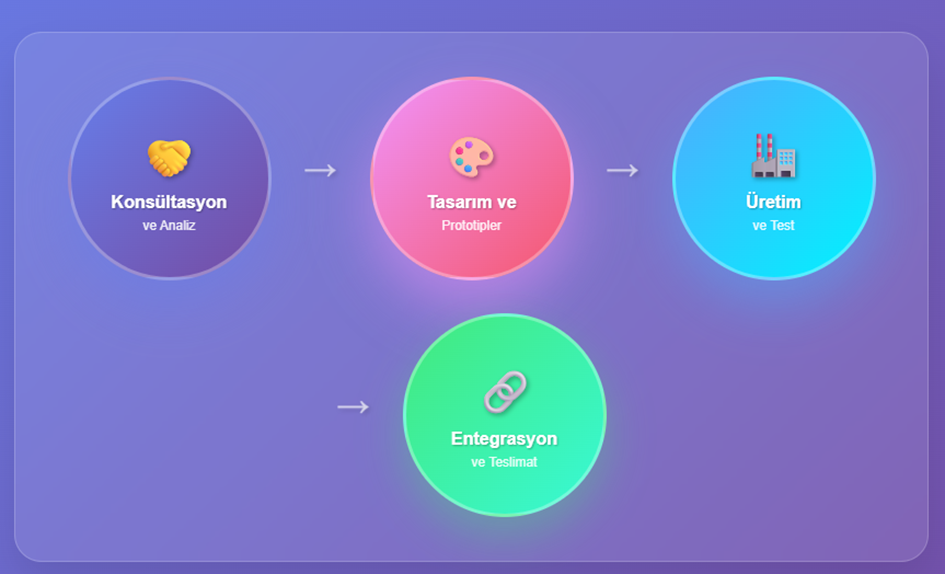WHAT IS A REAL TIME CLOCK (RTC)?
- air -hmi
- May 11, 2023
- 2 min read
Updated: May 12, 2023
What is a real time clock (RTC)?
A real-time clock (RTC) is a type of clock device that keeps the real-time clock of a computer. These devices are most often used as a peripheral device that connects to computers. However, RTCs can also be used for other devices, for example digital cameras, cell phones and other mobile devices.
RTCs are usually powered by a small battery, so the clock remains accurate even when the computer loses power. RTCs can also be used as timers, for example to turn the computer on or off at a specific time.

How do RTC
s work?
RTCs use a crystal oscillator, which is usually placed on a chip. The crystal oscillator generates an electrical signal that produces a certain frequency. This signal is processed by other components to produce a real time clock.
RTCs are usually controlled using I2C or SPI, a serial communication protocol. The computer's operating system determines the actual time by reading the RTC and provides the time information to other applications.
What are the advantages of RTCs?
The key advantage of RTCs is that they require low power consumption to maintain accurate time. RTCs also provide a reliable and accurate time scale, thus providing a reliable source for time adjustment for computers and other devices.
How RTCs Work
RTCs use a crystal oscillator to keep a real-time time clock and date. The crystal oscillator allows electrical signals to be converted into a kind of vibrating motion. This vibration is counted by a counter and the time and date information is generated.
RTCs are powered by a battery and work even during power outages. The battery is used to maintain the RTC's settings and ensures that time and date information is not lost. Therefore, RTCs keep accurate time, especially in the event of power loss or interruption.
RTCs also use a special type of memory called an EEPROM or NVRAM to store time and date information. This memory ensures that data is preserved even during power loss.
RTCs are usually controlled via serial communication protocols such as I2C or SPI. These protocols enable communication between the RTC and other devices and are used to read or write time and date information.

Advantages of RTCs
1. Low power consumption: RTCs operate with low power consumption and work even during power outages because they are powered by a battery.
2. Accuracy: RTCs measure time very accurately thanks to their crystal oscillators.
3. Reliability: RTCs work even during power outages and other failures, preventing data from being lost.
4. Easy integration: RTCs can be easily integrated with other devices, usually using serial communication protocols such as I2C or SPI.
5. Flexibility: RTCs can be used for many different applications and are offered by many different chips and manufacturers.
CONCLUSION
RTCs are an important component used in many different devices. They enable devices to keep accurate time by keeping a real-time time and date. RTCs have many advantages such as low power consumption, accuracy and reliability and can be used for many different applications. The use cases of RTCs span many different industries such as computers, mobile devices, watches, industrial automation, IoT devices, automotive and medical.




Comments